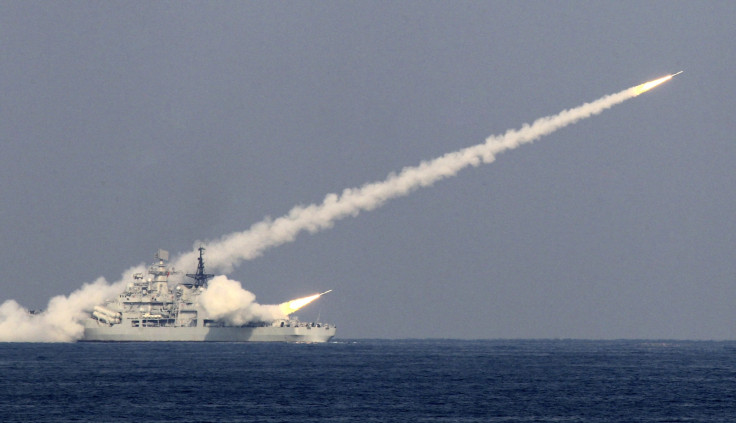China's Second Secret Test of Hypersonic Glide Vehicle Fails

China's second secret test of the game-changing hypersonic glide vehicle (HGV), capable of carrying nuclear warheads up to the US, is reported to have failed.
The failed test of the vehicle, which the US calls Wu-14, was believed to have been conducted on 7 August in western China.
The South China Morning Post reports, citing two different sources with direct knowledge of the test, that the vehicle broke up shortly after it was launched.
The first test was carried out in January and China claimed it was successful.
The vehicle is meant to carry ballistic missiles to a suborbital altitude from where the missiles would be released towards the target.
The glider was expected to travel at a speed of more than Mach 10 [12,000km/h] and reach any target on the planet within 30 minutes.
China is not the only country aspiring for such a glider, as the US is believed to have developed the technology while India and Russia are racing towards it.
"We routinely monitor foreign defence services, however we don't comment on our intelligence or assessments of foreign weapons systems," Pentagon spokesperson Jeffery Pool said earlier.
The second test, despite its failure, is seen as China's firm commitment to the project.
"The decision to conduct a second WU-14 test only a few months after its first test shows China's commitment to fast-tracking this program," said Lora Saalman, specialist on Beijing's HGV development at the Carnegie Foundation, told the Free Beacon.
© Copyright IBTimes 2025. All rights reserved.





















